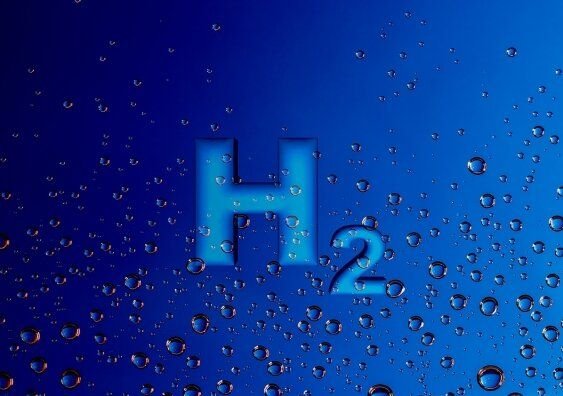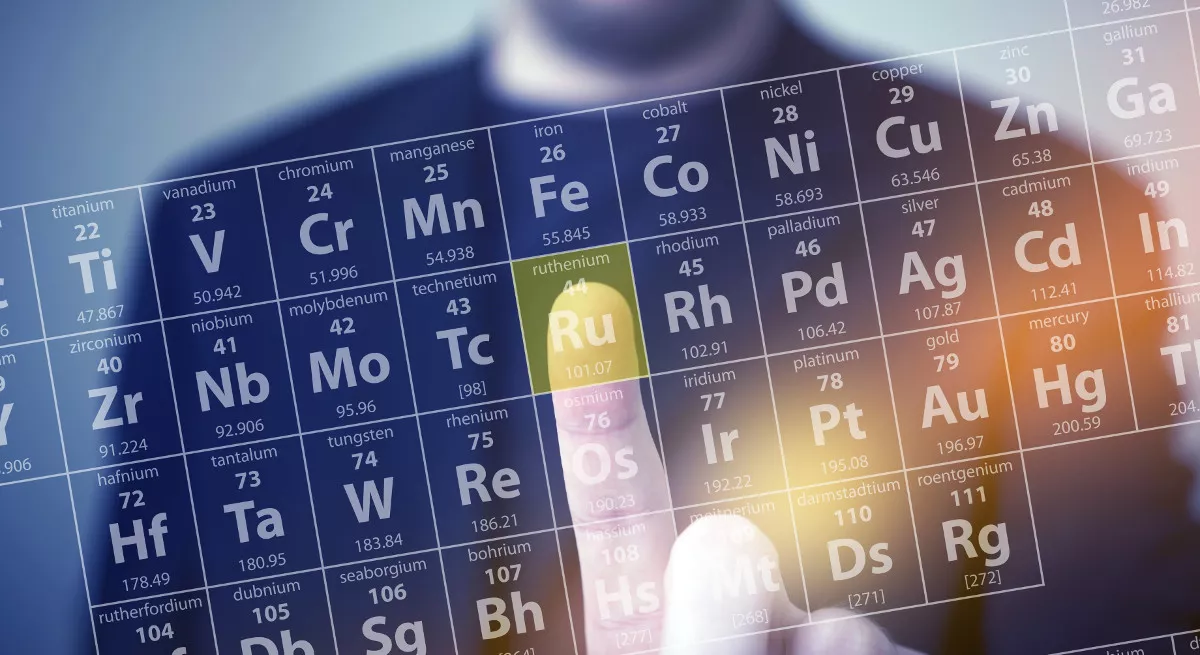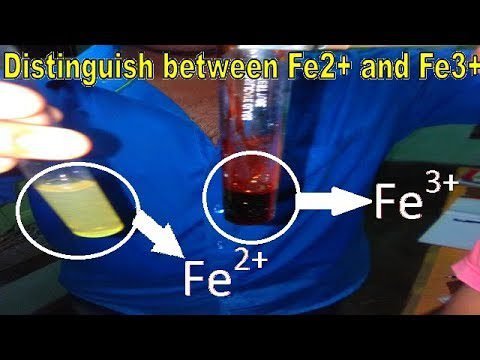
The position of an element in the periodic table depends on its electronic configuration and properties. Hydrogen resembles the elements of group IA, IVA, and VIIA in some respects. Properties of hydrogen do not completely match any one of the above-mentioned groups. That is why the position of hydrogen is still undecided.
Now we see the similarities and differences of hydrogen with IA, IVA, and VIIA groups.
Hydrogen and Group IA (Alkaline metals)
Similarities
- Hydrogen and alkali metals have one electron in their valence “s” subshell.
- Both are collected on a cathode during electrolysis.
- The valence shell electronic configuration of hydrogen and alkali metals is the same.
- Both hydrogen and alkali metals lose their valence electron, from a univalent ion.
- Both hydrogen and alkali metals have a strong tendency to combine with electronegative elements such as halogens.
- Both hydrogen and alkali metals are good reducing agents.
Dissimilarties
- The elements of the IA group are metals, while hydrogen is a non-metal in the true sense.
- Alkaline metals are sold at room temperature, while Hydrogen is a gas at room temperature.
- Due to low Ionization Energy, alkali metals lose electrons easilywhile hydrogen does not lose electrons easily, as do most of the alkali metals.
- Alkaline metals do not exist in the molecular form, while Hydrogen exists in the molecular form in the open atmosphere.
- M+ion,sn e.g., Na+ and K,+ et,c. are stable in aqueous solution, while H+ is unstable in aqueous solution and forms the H3O+ ion.
Hydrogen and Group VIIA ( Halogens)
Similarities
- Both hydrogen and halogen gain one electron to complete their valance hsell. In this way both form uni-negative ions.
- Both hydrogen and halogens are non-metals in the true sense.
- Both exist in molecular form in the open atmosphere.
- Hydrogen is a gas like that of most halogens ( F, Cl).
- Both hydrogen and halogens form stable ionic compounds with alkali metals.
Dissimilarities
- Hydrogen has one electron in the valence shell, while halogens have seven electrons in the valence shell.
- Hydrogen is unstable in aqueous solution, while halide ions are stable.
- Hydrogen loses its valence electron to form a hydrogen ion, while halogens cannot lose electrons.
- Halogen is a s-block element, while group VIIA elements belong to the p-block.
- Hydrogen combines with oxygen to form stable oxides, while group VIIA elements form stable oxides.
- Hydrogen is a gas at room temperature, while group VII elements Br2 is a liquid, while iodine is solid at room temperature.
Hydrogen and IVA group ( Carbon Family)
Similarities
- Both have half-filled valence shells.
- Both Hydrogen and elements of the IVA group combine with other elements through covalent bonding.
- Like Carbon, hydrogen also shows a remarkable reducing property.
- Both have mutual sharing of electrons during chemical reactions.
- The ionization energy and electron affinity of Hydrogen and Carbon are comparable.
- The electronegativity of the Hydrogen and Carbon families is almost similar.
Dissimalirities
- Hydrogen is a s-block element, while the elements of the f IVA group belong to the p-block.
- Hydrogen is a gas at room temperature, while all IVA group elements are solids at room temperature.
- Hydrogen needs one electron to complete its valence shell while eemnets IVA group need four electron to complete their valcne shell.
- Hydrogen does not form log chain compunds while Carbon and Silicon form linear chanin compunds when they combine with their atoms ( Catenation).
- Due to one electron in the valance shell, Hydrogen can combine with only one elemnt at a time while Carbon acn from bonds with more than one elemnts simultaneouly.
Conclusion
Some of the properties of Hydrogen are similar to those of the elements of IA, IV, A, and VIIA groups. But this is a fact that hydrogen is a unique element whose properties do not match exactly with any of the groups in the periodic table. However, due to partial resemblances in properties with alkali metals and monovalent nature. Hydrogen is usually placed at the top of the elements in group IA.


